The American Museum of Natural History was founded in 1869 and houses a variety of nature related exhibits covering areas such as Anthropology, Botany, Entomology, Mineralogy, Palaeontology and Zoology of the past and present. It’s a large museum located on the upper west side of Manhattan just beside Central Park West at 79th Street. It attracts over 4 million visitors annually. Getting there is fairly straightforward too, any north bound bus along the Central park serves the museum, as well as the uptown New York Subway stopping at 81 Street, the subway station in question will be the Museum of Natural History stop.
The museum was undergoing an exterior facade facelift during my visit, but is otherwise still largely fully operational on the inside. The equinesian statue of Roosevelt is otherwise unscattered by the mass of renovations going on behind him. The front lobby atrium is where the museum ticketing and information reside, as well as a stunning collection of dinosaur bones comprising of a Brontosaurs, T-Rex and Velociraptor posed in the heat of a battle. Entrance fee is discounted for students and seniors ($14.50 from $19), so as always, do have your ID with you if you intend to get the lower rate.
The museum itself spans 5 full floors, with you entering on the 2nd. The lower ground is home to mostly foodcourts as well as student/group facilities. The Akeley Hall of African Mammals on the 2nd spots a rather extensive collection of taxidermy animals spanning 2 floors with an overlooking balcony. The animals here are all nicely preserved and posed in a rather realistic setting in their natural habit, complete with scenic background paintings and vegetation. It just looks uncannily real.
You might be familiar of the museum being featured in The Night at the Museum, where all the various exhibits come alive at night as seen by the museum guard Ben Stiller in the movie, if you don’t then the iconic African elephant parade display at the center of the Akeley hall might ring a bell or two. The museum too covers the diversity and religions of various Asian cultures, such as that of early Japanese, Chinese and Indian ones alike.
It doesn’t just stop there, there is also an extensive Aztec and Mayan tribal collection, complete with large stone heads, wood cravings, early tools and weapons of the trade. The region in question here includes the tribal woodland of the Indians and that of the Pacific peoples. Now to move onto the highlight of the museum, Dinosaurs!
Of course, no natural history museum is complete without dinosaurs, the Hall of Saurischian Dinosaurs does not disappoint either. In addition to the usual large full dug out skeleton fossils, the dinosaur collection here includes a combination of miniature fossil pieces as well as those excavated in-situ still embedded in rock. The displays here includes a Styracosaurus and Apatosaurus, just to name afew. The gallery is home to more than 600 dino fossil specimens with nearly 85 percent of them being actually dinosaur fossil as compared to the casted ones.
The Dinosaur fossil gallery is ironically small for the size of the displays exhibited, but the museum does the space management well with a 2 tiered false flooring and a combination of wall and ceiling-hung displays. The galleries here follow much of an evolutionary timeline in chronological order, with most of the fossil halls following a continuous loop on the fourth floor telling the story of vertebrate evolution, with the large mammals section next telling their evolution through the ice age. Well, provided if you cover them in the right direction of course!
Besides some cool looking tribal section and boats tucked in hidden corners of the museum, the Bernard and Anne Spitzer Hall of Human Origins was an interesting exhibit. It’s a walk through human evolution, allowing visitors to dwell deep into the world which makes us humans and how we are not, with references from our so much similar yet different ape counterparts. There are no bones about it either, with various skeletons, skulls and the evolutionary tree on display too.
The Harry Frank Guggenheim Hall of Gems and Minerals is quite a spectacle and is home to well, loads of Gems and minerals! The exhibit teaches about the variety of rocks we have on the planet together with an assortment of faceted and polished mineral displays of various rare and precious stones. Focused here too are cave mineral and rock formation on earth, as well as the various modern methods we use to mine them for various needs of industrial and commercial exploitation, such as buildings, tools and even jewelry. The introduction of foreign stones literally out of this world are covered in the Arthur Ross Hall of Meteorites with various space rocks on display.
Hall of biodiversity back on the 1st floor houses a small but rather extensive collection of various taxidermy specimens, ranging from tigers, monkeys to sea creatures such as sharks, dolphins, various invertebrates and crustaceans alike. Which brings us to the next major gallery in the museum, the Milstein Hall of Ocean Life.
The hall itself is huge. You will be greeted by the hall’s main center piece- a full sized blue whale suspended right off the roof the the hall itself. Lined along the perimeter of the ocean hall are various exhibits covering the vast ocean life we until not have barely even fully explored.
Overall, the museum is good for a whole afternoon and 5 floors is quite alot to explore for a museum of this size, particularly if you wish to explore every single nook and cranny so it pays to schedule your time well before the 6pm closing time. The dinosaur collection here is one of the best I’ve seen, even surpassing many other natural history museums on the west coast and London alike, a must visit on your trip to New York for both the young and old alike.
More information on the Museum’s official website (AMNH)
- New York City & Brooklyn (Photos: New York City & Brooklyn)
- New York Hudson River Cruise, Wall street and Rockefeller Center
- American Museum of Natural History (New York) (Photos: AMNH)
- Washington D.C. (Photos: Washington D.C.)
- Newseum, Washington DC (Photos: The Newseum)
- National Gallery of Art, Washington (Photos: National Gallery of Art)
- Arlington National Cemetery, Washington DC (Photos: Arlington National Cemetery)
- Smithsonian Natural History Museum (Photos: NMNH)
- Smithsonian Air and Space Museum (Photos: Air & Space Museum)
- Orlando, Florida & Magic Kingdom at Walt Disney World Resort (Photos: Disney Magic Kingdom)
- Orlando Disneyland Hollywood (MGM) Studios (Photos: Disneyland Hollywood Studios)
- NASA- Kennedy Space Center, Merritt Island, Cape Canaveral (Photos: Kennedy Space Center)
- Islands of Adventure, Orlando Florida (Photos: Islands of Adventure)
- Universal Studios Orlando, Florida (Photos: Universal Studios Orlando)
- Miami Florida, South Beach and Aventura mall (Photos: Miami Florida)
- Pittsburgh, Pennsylvania (Photos: Pittsburgh, Pennsylvania)
- Cedar Point coaster kingdom, Sandusky Ohio (Photos: Cedar Point)

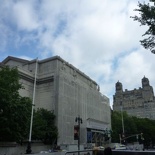
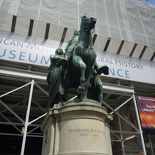
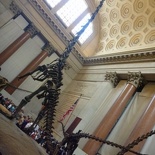
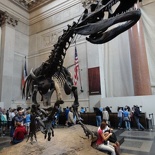
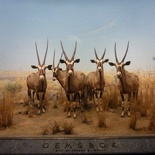
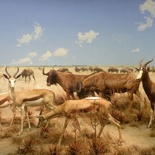
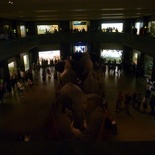
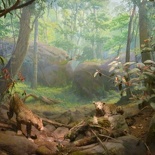
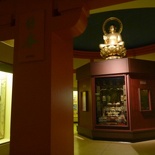

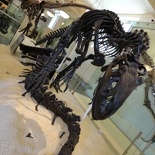
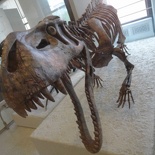
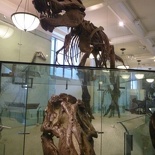
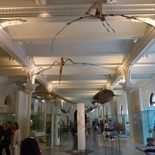
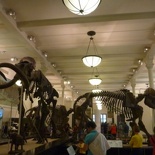
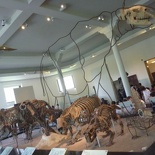
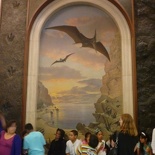
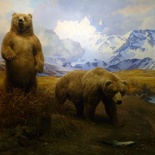
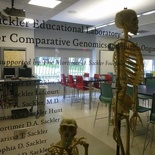
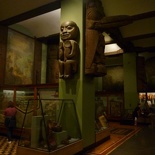
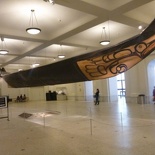
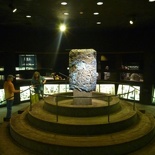
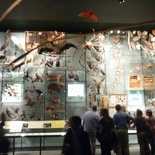
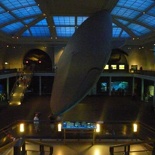

[…] upper Manhattan area, specifically those along Central park. Here we have iconic ones like the the American Museum of Natural History and the Metropolitan Museum Of Art. The up town subway of New York serves all these museums, […]